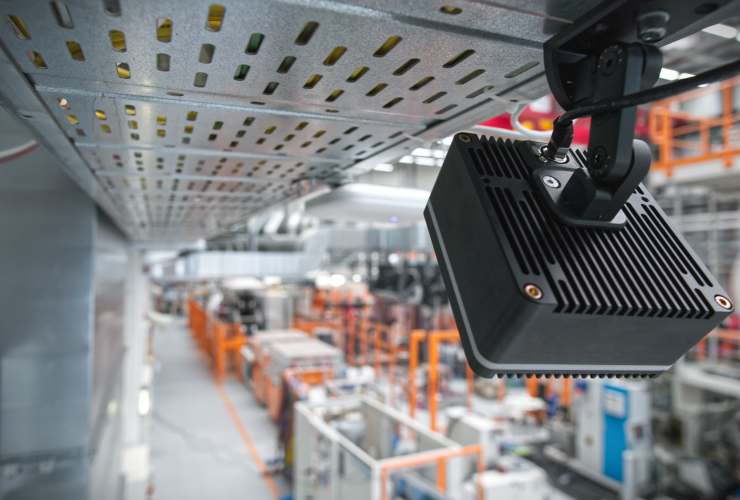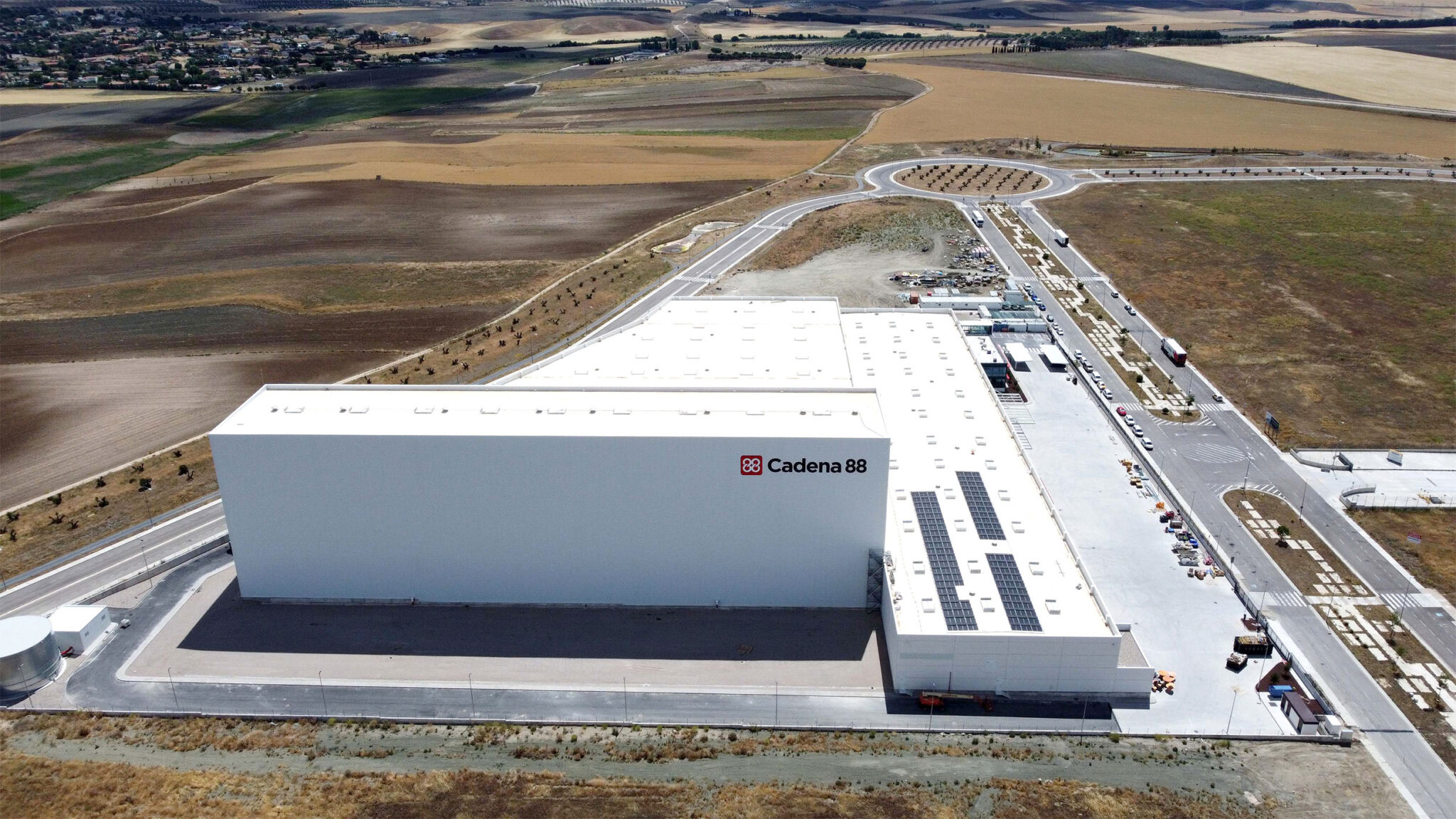Ahead of this Thursday’s IFOY Award winner announcement in Dortmund, we turn our attention to the STILL EXH 16 pallet truck.
The EXH 14-20 Plus series consists of hand-guided low lift pallet trucks as well as derivative products with additional lift for order picking applications and comes with a unique tiller head with integrated display in two versions. The special tiller head design enables intuitive handling for every operator.
IFOY category: Warehouse Truck “lowlifter”
IFOY Test Report
With the EXH 14-20 Plus series, STILL introduces the latest edition of its electric pallet truck range. The development of the new series was focused on the operator. The operating concept is completely revised and the EXH 14-20 Plus series now features a unique tiller head with integrated display in two versions. The so-called MMI (Man-Machine-Interface) is the interface between the operator and the truck and thus the linchpin in daily operation.
The EXH 14-20 Plus series includes several pedestrian stackers with a load capacity of 1.4 to 2.0 tonnes. The IFOY stacker is an EXH 16 with a load capacity of 1.6 tonnes. The integrated lithium-ion battery enables up to 80mm shorter front dimensions and significantly smaller turning radii and aisle widths. The L2 dimension is just 429mm. Thanks to the compact dimensions, the driver retains optimum visibility. Even in confined spaces, such as retail stores. In addition, the compact dimensions improve the manoeuvrability of the truck, which is now even easier to operate.
EXH forklifts are equipped with mechanical steering as standard. Despite this mechanical steering, the long and low-lying tiller enable easy operation. During the IFOY test, the power and speed of the newcomer were convincing. The truck has a high acceleration capacity, both without and with load. The driving speed is quite snappy at 6.1km/h. Those who want to work more quietly and economically can double-click the turtle button to select turtle mode or STILL’s Blue-Q optimisation program.
The unique design of the tiller head is a true eye-catcher. The operating elements have been given a new and modern design. Extra-large buttons support intuitive operation, no matter how big one’s hands are. Even when wearing work gloves, simple and effective one-handed operation remains a breeze for both left- and right-handed operators. STILL plans to use the new controls in future trucks as well. There, the concept will bring additional benefits, such as even better proportional control. This is less relevant for electric pallet trucks.
The EXH 16 has three driving modes as standard: turtle mode, Blue Q and high performance. For each mode, the most important information is automatically displayed on the brand-new colour display integrated into the tiller head. This means that the display follows the driver at every turn and provides a clear view of all important data under all conditions. This means that the driver is always informed about the battery charge status, the operating hours or the respective driving program. The optional touch display (not available on the IFOY test truck) revolutionises operation. Drivers are used to operating smartphones by touch these days, and the touch display now bridges the gap to equipment with stock technology.
Smart fork markings make forklift positioning easier and contribute to high productivity. For even smoother operation ̶ also on uneven floors and around obstacles ̶ the pallet truck can be equipped with three running wheels in the fork tip. In doing so, OptiSpeed automatically adjusts the truck’s speed to the angle of the tiller. Safe manoeuvring is thus possible under all conditions. The standard crawl speed button also enables safe operation even in the tightest of spaces. An active optional foot stop ensures that the pallet truck automatically changes direction on contact with the feet. This means that the operator always remains unharmed.
IFOY test verdict: The EXH 14-20 Plus series features a unique tiller head with integrated display in two versions. The special design of the tiller head enables intuitive operation for any operator. Numerous small innovations combine to bring great progress. The compact truck is immensely powerful, fast and quiet. It is also easy to recharge between uses thanks to Li-ion technology.
IFOY Innovation Check
Market relevance: Handling goods and the internal transport of pallets includes a very wide field of application, whereby the Still EXH 16 can be seen as having great market relevance. The EXH 16 exemplifies an improvement of such products in terms of ergonomics and functionality, and it is therefore obvious that it represents a primary alternative in the market for new and replacement purchases.
Customer benefit: The Still EXH 16 offers the user more flexibility and functionality in terms of operation, field of vision and safety. Operation via the new tiller head is intuitive and comfortable for different hand sizes. The display integrated in the tiller head in two different versions provides information as well as the possibility to use different driving programs, which can be adapted to the operator on the one hand and to the transport task on the other hand, and to adjust the battery life accordingly. The very compact design through integrated Li-Ion technology leads to an improvement in manoeuvrability and ensures optimal visibility even for smaller persons.
Novelty / Innovation: The compact design together with the new functional tiller head and the resulting improvements in terms of operation and driving characteristics are undoubtedly to be regarded as new. The EXH thus shows that even in this type of vehicle, innovations have not yet come to an end.
Functionality / Type of implementation: With many details and configuration options, the EXH 16 shows that it is without doubt at the top of this vehicle class. The functionality can be ordered with several variants of design details and can thus be optimally adjusted for the customer. Moving pallets is a piece of cake with the EXH 16, while at the same time offering a high level of safety. The overall impression of the implementation on the unit appears flawless.
Verdict: The EXH 16 impresses with its outstanding further development in this vehicle class. Its market lead is significant.
Market relevance +
Customer benefit ++
Novelty / Innovation +
Functionality / Type of implementation ++
[KEY: ++ very good / + good / Ø balanced / – less / — not available]






